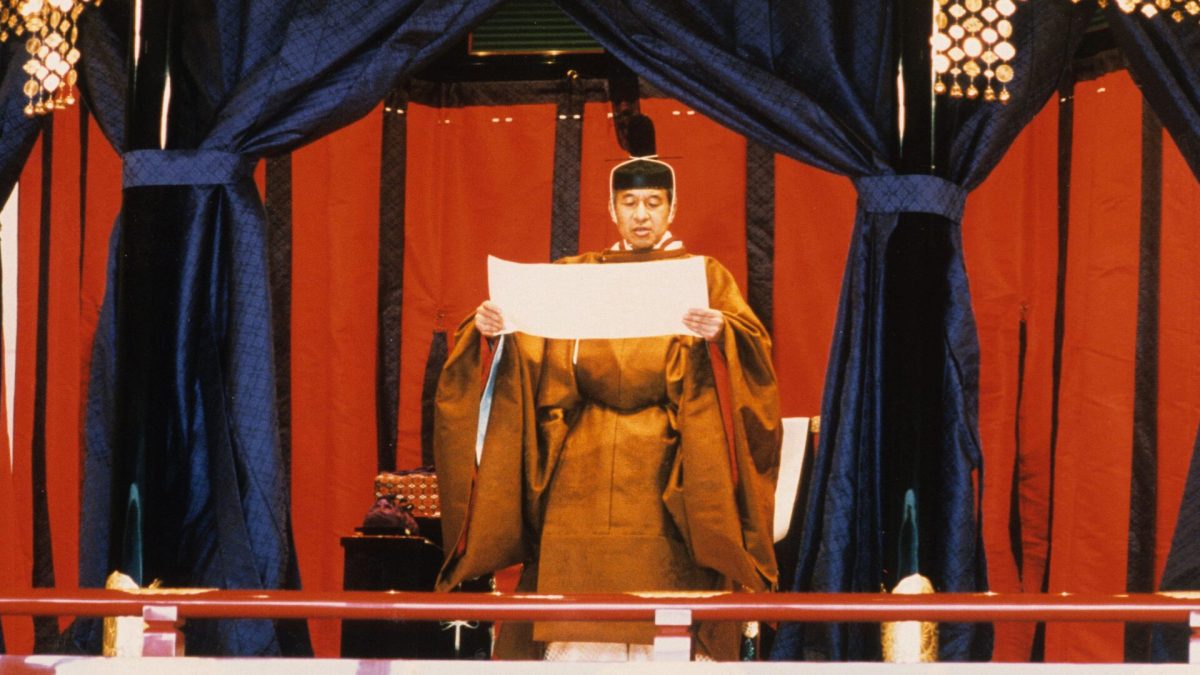November 12, 1990 is an important day in the history of Japan as the enthronement of Emperor Akihito took place on this day. The event marked the beginning of the Heisei era in Japan.
If you are a history geek who loves to learn about important events from the past, Firstpost Explainers’ ongoing series, History Today will be your one-stop destination to explore key events.
Ellis Island, the doorway into the United States, officially closed its doors on this day in 1954. The island located in New York Harbor, near the Statue of Liberty served as the nation’s gateway for millions of immigrants seeking a new life in America between 1892 and 1954.
Here is all that took place on this day across the world.
Emperor Akihito enthroned in Japan
Japan celebrated a momentous occasion on November 12, 1990, with the enthronement of Emperor Akihito. This marked the formal beginning of the Heisei era. Though he had ascended the Chrysanthemum Throne in January 1989 after the death of his father, Emperor Hirohito, the official enthronement ceremony symbolised the continuation of Japan’s ancient imperial traditions into the modern day.
The enthronement, known as Sokui no Rei, took place at the Imperial Palace in Tokyo and was steeped in centuries-old Shinto rituals. Emperor Akihito was dressed in traditional robes of gold and brown and proclaimed his accession before dignitaries, foreign royalty, and world leaders from over 150 nations. He was formally presented with the Imperial Regalia — the sacred mirror, sword, and jewel — which represent the legitimacy and continuity of Japan’s imperial line, the oldest hereditary monarchy in the world.
Emperor Akihito used the occasion to express his hopes for world peace and the well-being of the Japanese people, reflecting his lifelong dedication to peace and reconciliation, especially in the context of Japan’s wartime past. His reign, named Heisei, meaning “achieving peace,” was envisioned as a time of harmony and compassion.
The enthronement was a national holiday, drawing massive crowds across Japan who celebrated with festivals, fireworks, and expressions of loyalty to the new emperor and empress, Empress Michiko. The ceremony combined solemn ritual with modern diplomacy, bridging Japan’s ancient customs and contemporary identity. Emperor Akihito reigned until his abdication in 2019, the first by a Japanese monarch in over two centuries.
Quick Reads
View AllEllis Island closed its doors
Ellis Island, the symbolic Golden Door of the United States, officially closed its doors on November 12, 1954. This quiet shutdown marked the end of the facility’s 62-year history as the nation’s premier immigrant processing station.
During its 62 years of operation, over 12 million immigrants passed through its halls, including men, women, and children from Europe, Asia, and beyond with hopes of freedom and opportunity. At its peak in the early 1900s, Ellis Island processed nearly 5,000 people a day, with officials conducting medical and legal inspections to determine who could enter the country. While most were admitted after a few hours, some faced heartbreaking separations or deportations due to illness or other restrictions.
By the mid-20th century, changes in US immigration laws and the rise of air travel rendered Ellis Island obsolete. Immigrants began arriving directly at airports, and stricter quotas reduced the flow of newcomers. The island shifted roles several times — serving as a detention centre during World War II and later for displaced persons — before finally ceasing operations on this day when the last detainee, a Norwegian merchant seaman, was released.
This Day, That Year
Comic book writer Stan Lee passed away at the age of 95 in 2018.
The US space probe Voyager 1 reached the planet Saturn in 1980.
The first Round Table Conference to consider the future constitution of India was opened in London in 1918.
)